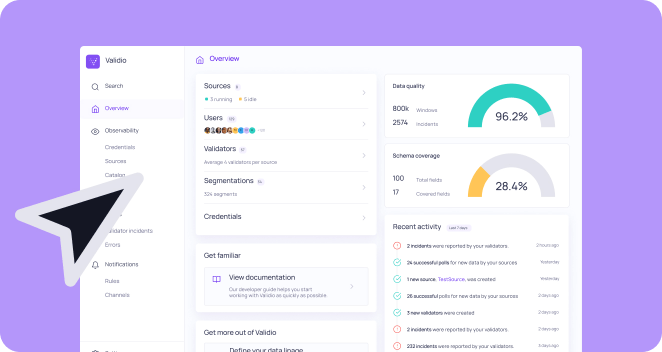If you work for a game developer, you know how important it is to analyze your players' data. It can help you figure out what players like, what they don’t like, and how you can make your game better and more profitable. But it’s not as simple as it sounds. There are lots of things that can go wrong or confuse you when analyzing gaming data. Here are some of the most common ones, and how to avoid them.
The most common mistakes when analyzing gaming data
1. “My revenue patterns are changing and I don’t know why”
You want to make sure that your game is making money, right? That’s why you need to keep an eye on revenue-related metrics like Daily Active Users (DAU), Monthly Active Users (MAU), and Average Revenue Per User (ARPU). These metrics tell you how many people are playing your game, how often they play, and how much they spend. But they don’t tell you the whole story. There are lots of other factors that can affect your revenue, and sometimes they mess with your numbers.
In mobile games, you might have some players who spend a lot more than the typical player (commonly called “whales”). If some of these whales quit your game, your ARPU can drop like a rock, even if your other metrics look good. But you won’t know that unless you dig deeper into your data. Maybe your whales left because they got bored, or they found a better game, or they simply ran out of money. Or maybe your revenue dropped because you changed something in your game, like the prices, the rewards, or the difficulty.
If you’re an analyst or a data scientist, you probably have to do things like forecast revenue, optimize your monetization, or find patterns in player behavior. To do that, you need to understand what’s really driving your revenue, and what’s messing it up. That means you need to look beyond the obvious metrics, and explore the hidden ones.
2. “More players are playing my game, but they don’t stick around for long”
Another critical metric to track is Retention Rate because it tells you how long players stay engaged in your game. But not all Retention Rates are the same. There are different ways to measure it, depending on what you want to achieve, how you make money, how your players behave, and how your game works.
Some look at how many players are still playing after a certain period, while others look at how many players buy something or perform certain in-game actions. If you use the wrong measure, you might get the wrong idea about your game’s performance. That’s why you need to know exactly what your retention rate means for your objectives.
Let’s say you have a mobile game and you launch a special event or a seasonal offer. This brings in a lot of new and old players, who boost your DAU and ARPU. But after the event or the offer ends, many players get bored and quit your game. In this case, the retention rate will go down, even though it looks like you’ve got more players and more money in the short term.
To efficiently keep track of your retention, remember to choose the right retention rate formula and time frame. There are different ways to measure it, such as D1/7/30 Retention, Stickiness, Cohort Retention, or Rolling Retention. Each one has its advantages and disadvantages, depending on your game’s characteristics and goals. You also need to decide on the appropriate time frame for your retention rate, such as days, weeks, or months. Make sure to have good think about what makes sense for your objectives.
3. “My player behavior data is too incomplete to draw any valuable insights from”
How your players behave in-game is one of the most useful sources of information for game developers. It teaches you how players play your game, what they enjoy and dislike, and how you can make the game better and more fun. But sometimes, you don’t have enough or good quality data to work with. This can make it hard or impossible to draw any valuable insights from it. Incomplete data can happen for many reasons, such as:
- Technical problems: There may be glitches or bugs in the data collection or integration process, causing some data to be missing, corrupted, or wrong. For example, the game may not record some events or actions, or data pipelines may break or lose some data along the way.
- User problems: There may be differences or gaps in the user behavior or feedback, causing some data to be inconsistent or not enough. For example, a user may play your game irregularly or rarely, or a user may not answer a survey or a rating request.
- Game problems: There may be changes or updates in the game design or content, causing some data to be incomparable or outdated. For example, your developers may add a new feature or level, or change or remove an existing feature or level.
Player behavior data can help you improve your game, but it’s also often incomplete or unreliable for various reasons. This quickly leads to misleading conclusions or prevents you from finding any meaningful patterns in the data. That's why it becomes mission-critical to ensure you can monitor and alert for any missing data as soon as it happens, and easily trace your data lineage for root causes.




